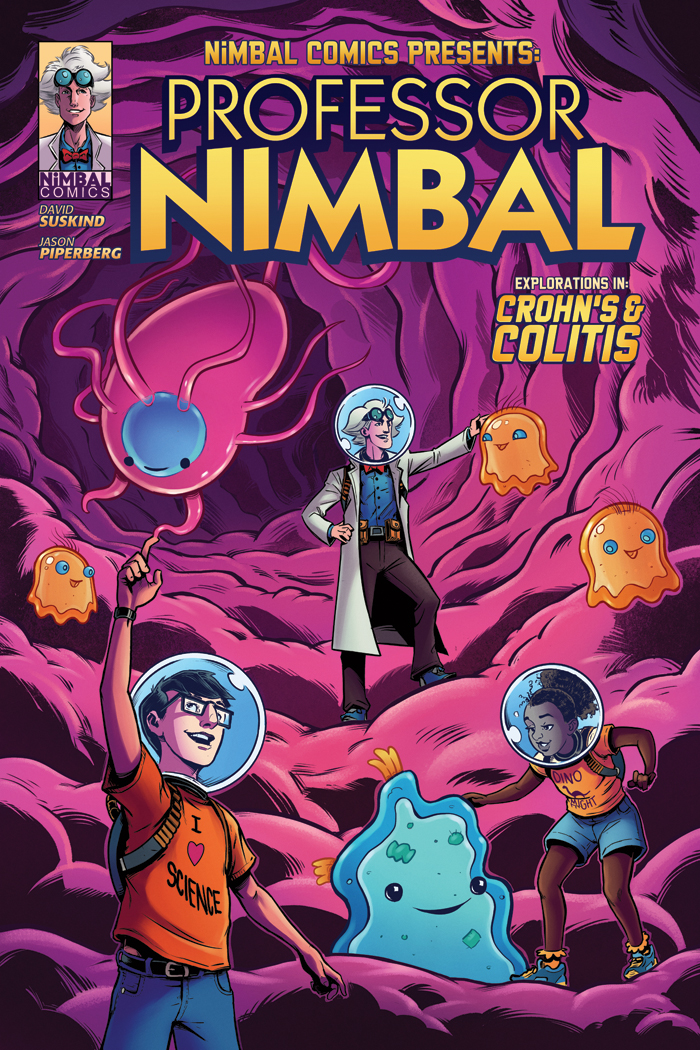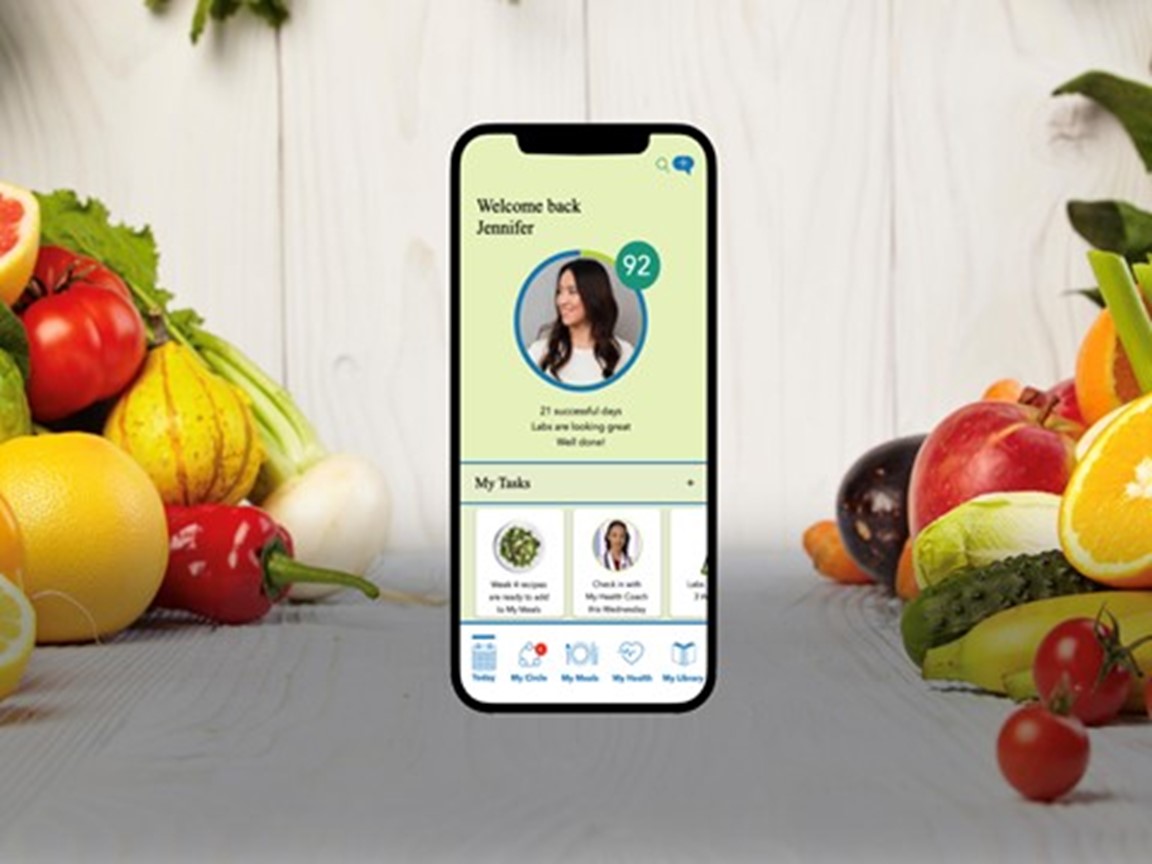Illnesses and Other Daily Hazards
Runny noses, coughs and colds
Over-the-counter medications can contain fillers and additives that are not SCD-compatible or tested so many SCD families try to manage without them. Using rubbing creams like Vicks, nasal spray, and microwavable heat packs can help relieve symptoms for older children and adolescents. Using a Neti pot can also be helpful to relieve congestion. I have used acetaminophen rectally for younger children and the oral form of this same medication for those who can swallow pills without any side effects.
While fighting a cold, many families find it helpful to revert to Stage 1 of the SCD to ease digestion and support the immune system. It is important to make sure enough calories and liquids are being ingested to ensure hydration. Increase the intake of liquids and liquefied food: Chicken broth, yogurt smoothies, mashed cooked veggies, chicken pancakes, homemade lemonade, diluted juice, tea, and homemade gelatin desserts (not Jell-O) are all good options.
Constipation protocol
1. Eat two to three prunes per day.
2. Drink orange juice in the morning.
3. Significantly increase daily liquid intake.
4. Keep SCD-compatible prune juice (made with no additives) in the house. Depending on the degree of constipation and your child’s age and size, between ¼ cup to ½ cup once or twice a day can help keep bowel movements regular and soft. Often parents will titrate the dose up or down to achieve the desired results.
5. Ensuring enough fiber in the diet is important. The general recommendation is that 5 plus an individual’s age is equal to the number of grams of fiber a person needs per day, up to a maximum of about 25 grams per day. For example, a 9-year-old child would need approximately 14 grams of fiber per day.
6. I have also used magnesium citrate(CALMTM), polyethylene glycol or Miralax with success in constipated patients on the SCD.




